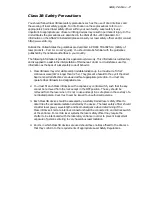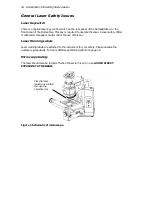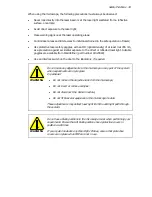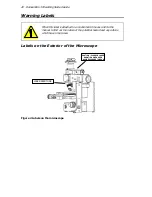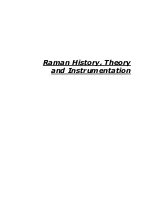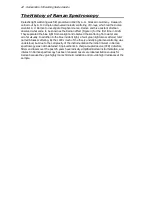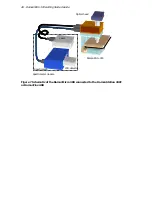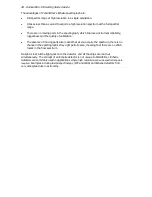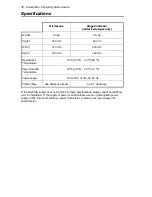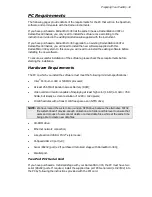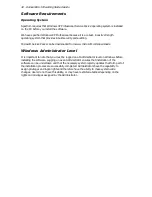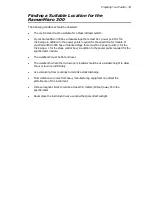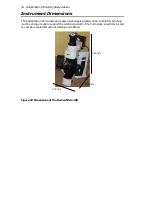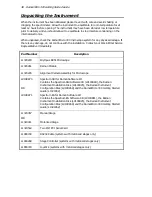
22 .
RamanMicro 300 Getting Started Guide
The History of Raman Spectroscopy
Inelastic light scattering was first predicted in 1923 by A. G. Smekal in Germany. Research
carried out by A. H. Compton discovered inelastic scattering of X-rays, which led the Indian
scientist C. V. Raman to investigate this phenomenon. Raman and his assistant Krishnan
observed what came to be known as the Raman effect (Figure 3) for the first time in 1928.
They separated the blue light from sunlight and observed the scattering from water and
alcohol visually. In addition to the blue incident light, a faint green light also scattered, later
named Stokes scattering. By the 1930s much of the theory underlying Raman scattering was
understood, but due to the complexity of the instrumentation the initial interest in Raman
spectroscopy was not maintained. Improvements in charge-coupled device (CCD) detectors,
filters and lasers over the past 25 years have radically simplified Raman instrumentation, and
interest in Raman spectroscopy has been renewed. Lasers are ideal excitation sources for
Raman because they give highly monochromatic radiation and provide high irradiances at the
sample.
Summary of Contents for RamanMicro 300 Series
Page 1: ...RamanMicro 300 Series Getting Started Guide MOLECULAR SPECTROSCOPY...
Page 5: ...Introduction...
Page 10: ...10 RamanMicro 300 Getting Started Guide...
Page 11: ...Safety Practices...
Page 21: ...Raman History Theory and Instrumentation...
Page 29: ...Preparing Your Facility...
Page 35: ...Installing Your RamanMicro 300...
Page 68: ...68 RamanMicro 300 Getting Started Guide...
Page 69: ...Using the RamanMicro 300...
Page 90: ...90 RamanMicro 300 Getting Started Guide...










